Impressive Student Research Presented at the Annual Public Health Poster Forum
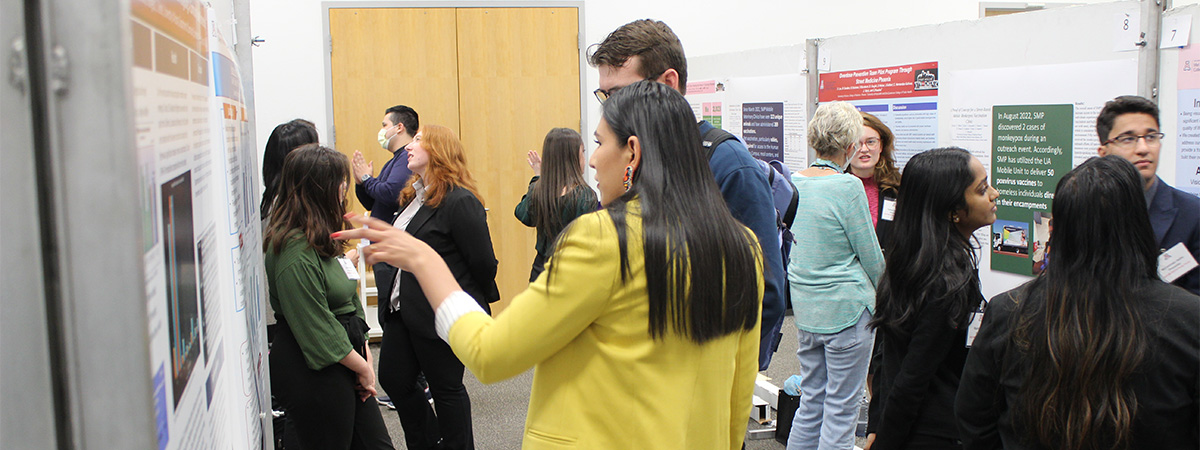
Students, staff, and faculty came together to showcase the outstanding student research and public health projects at the annual Public Health Poster Forum, a celebration of student projects, some of which earned prizes from the judges for outstanding work in public health and related health fields.
Many public health students responded to the call for the 2023 Annual Public Health Poster Forum (PHPF). Entirely organized by students, the theme for this year’s PHPF was One Health, and the poster display room was packed with students presenting about their creative solutions to public health challenges.
We want to thank all the students who participated from the Zuckerman College of Public Health and around the University of Arizona, there was so much passion for positive change in the room!
Thanks to the student organizers Priyanka Ravi and Samantha Werts who did a great job producing the Forum this year! Also big thanks and to our staff mentor, Michael Tearne, and our faculty mentor, Dr. Amanda Wilson for all their help!
Below we celebrate the winners of the 2023 Public Health Poster Forum awards in the all the categories. Dr. Zhao Chen, Associate Dean for Research, presented the awards at the end of the Forum.
View photos on our Flickr Gallery
Community Engagement Awards
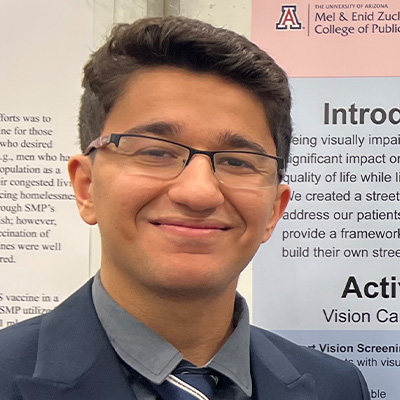
Muhammad Jaafar
First Place
Muhammad Jaafar & Shaurey Vetsa, MD students at the UArizona College of Medicine – Phoenix
Topic: The Development of Street Medicine Phoenix’s Optometry Program
Working with the Street Medicine Phoenix program, Jaafar and Vesta worked collaboratively to develop a street optometry team that delivered on-the-ground optometry services including eye exams and prescription eyeglasses for patients living on the streets.
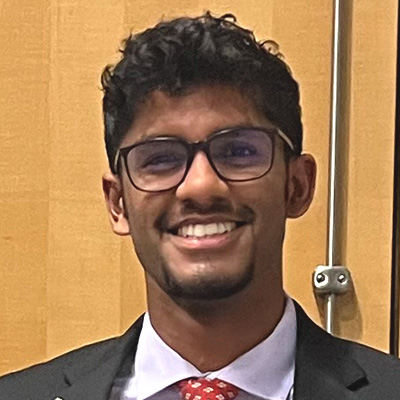
Shaurey Vetsa
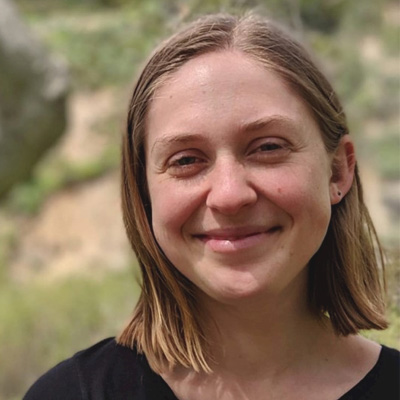
Second Place
Anna Leah Eisner, MD student at the UArizona College of Medicine – Phoenix
Topic: Street Medicine Menstrual Health Team: Meeting the Needs of Unhoused Women
To determine the ability of ventilation systems in buildings to filter out airborne viruses, Spitzer created a chamber that enabled her to test several types of HVAC air filters to see which one was most effective at eliminating airborne viruses.
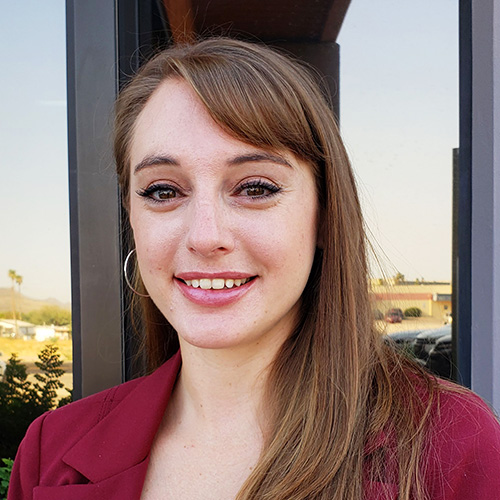
Third Place
Kerry Johnson, MPH student, Health Behavior Health Promotion
Topic: Photovoice Highlights Assets and Needs for Food and Physical Activity Environments in Yuma CountyJohnson helped staff at the Yuma County Public Health Services District to use the ‘photovoice’ method to engage residents in Yuma neighborhoods to photograph and discuss recreational spaces and food access, a process designed to better understand neighborhood needs and assets for physical activity and nutritious food resources.

Research Awards
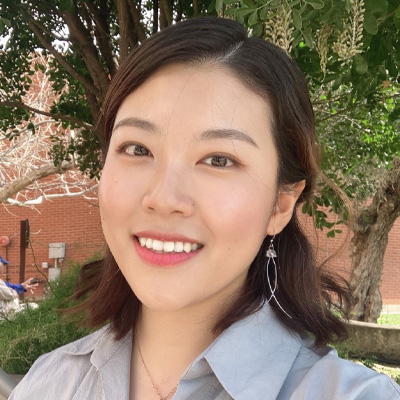
First Place
Jeonggyo Yoon, MS, a PhD student in Environmental Health Sciences
Topic: Natural Hazards and Public Health Infrastructure in the United States
Yoon evaluated risks to public health infrastructure in the United States such as hospitals, nursing homes, and urgent care centers using climate change hazards map data such as temperature extremes, wildfires, floods, and storms.
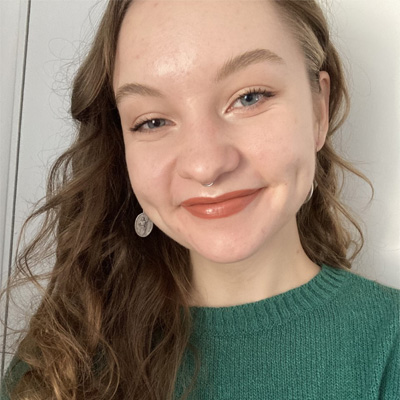
Second Place
Mary Spitzer, MPH Student, Environmental and Occupational Health
Topic: Trapping Viruses with Treated HVAC Material
To determine the ability of ventilation systems in buildings to filter out airborne viruses, Spitzer created a chamber that enabled her to test several types of HVAC air filters to see which one was most effective at eliminating airborne viruses.

Third Place (tied)
Dhara Richardson, MSPH, a PhD student in Epidemiology
Topic: Social Determinants of Depression Among Adults in the United States
Richardson analyzed data from the Behavioral Risk Factor Surveillance System (BRFSS) national CDC survey to understand the connections between Social Determinants of Health and major depression among US adults, a significant health challenge for the nation.
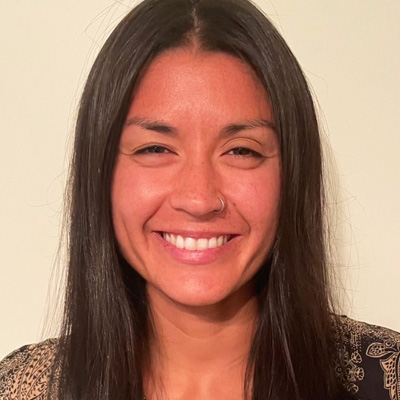
Third Place (tied)
Taylor Simmons, MS student in Environmental Health Sciences
Topic: Safe Drinking Water Act Compliance with or without POU/POE Devices
To capture an overview of compliance with the federal Safe Drinking Water Act, Simmons reviewed and compared the impacts of state level factors when point-of-use (POU) and point-of-entry (POE) programs are used to improve water quality.

